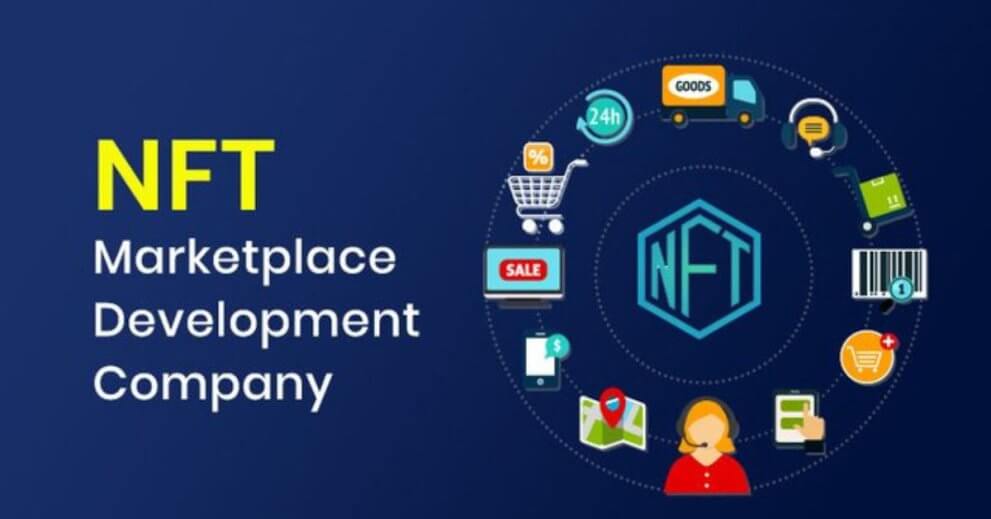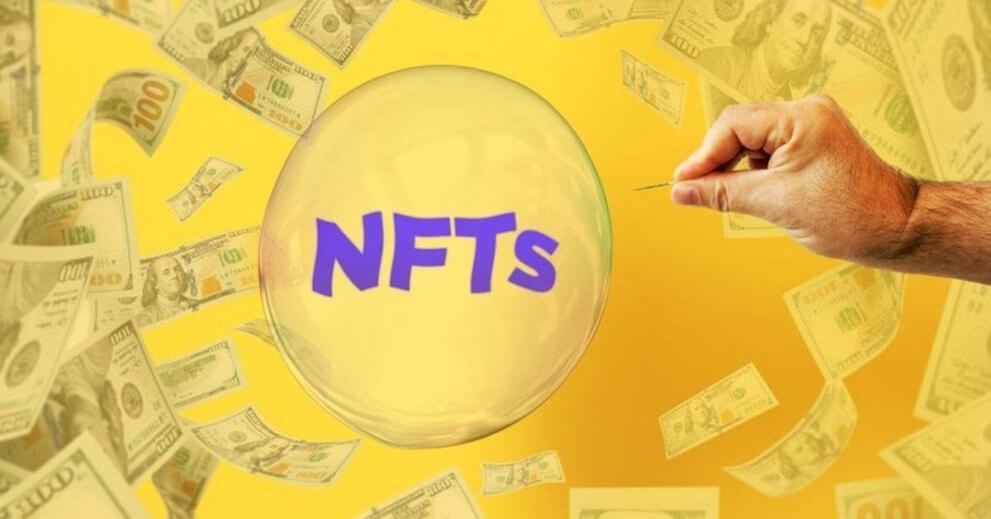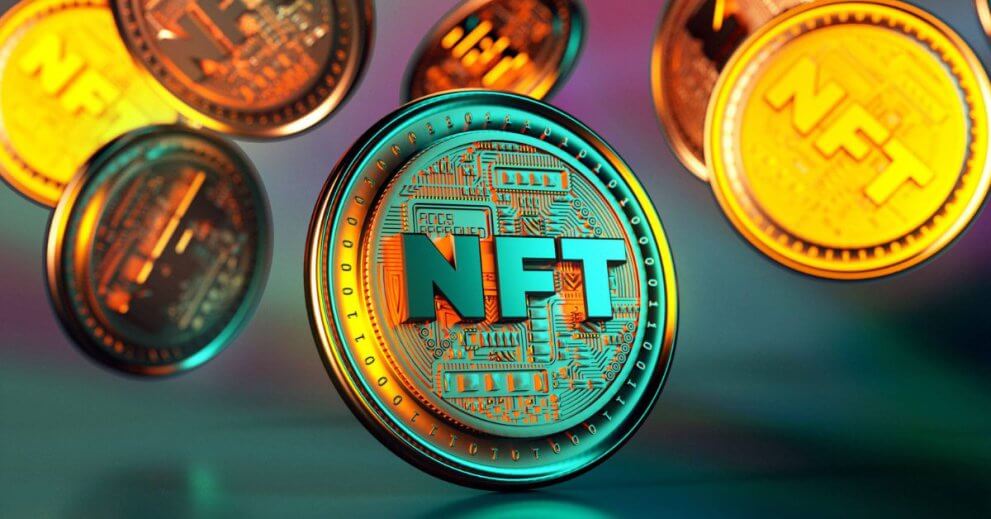NFTs are quickly becoming digital gold, offering a new way for artists and collectors to engage with art. These blockchain-backed tokens allow creators to maintain control over their work while ensuring authenticity and ownership. Artists can also earn royalties every time their art is resold, which provides a continuous income stream, transforming the traditional art market.
For collectors, NFTs offer a secure and verifiable way to own digital art. These tokens eliminate the need for physical storage and paperwork, making it easier to buy, sell, and trade digital assets. With the growing rise of virtual galleries and the metaverse, NFTs are redefining how we perceive ownership in the digital world.
The Rise of NFTs in the Art World
NFTs are revolutionizing the art world by giving digital artists true ownership of their work. They remove middlemen, allowing creators to sell directly to buyers and earn royalties. With blockchain technology, each NFT is verifiable and unique, ensuring authenticity and scarcity.
Major auction houses like Christie’s have embraced NFTs, with sales reaching millions. This technology is reshaping how art is valued, collected, and traded, making digital art more mainstream. Artists now have global exposure, reaching collectors worldwide without relying on traditional galleries.
May You Read More Blog:http://the-power-of-guest-posting-unlocking-hidden-potential/
Why Artists and Collectors Are Embracing NFTs
Artists and collectors are embracing NFTs because they offer new opportunities for ownership and investment. With NFTs, artists retain control over their work, ensuring they get paid directly and even earn royalties on future resales. This system allows creators to reach a global audience without relying on galleries or intermediaries.
For collectors, NFTs provide a way to own unique digital art that is easily verifiable and secured on the blockchain. As NFTs continue to rise in popularity, collectors see them as a long-term investment, offering potential value growth over time. The ease of buying, selling, and trading in a digital marketplace makes NFTs an exciting new frontier in the art world.
The NFT Marketplace: Buying, Selling, and Investing

NFT marketplaces function much like eBay for digital assets. Buyers can bid, purchase, or list their NFTs on platforms like SuperRare, KnownOrigin, and Nifty Gateway. These platforms operate using cryptocurrency transactions, primarily on the Ethereum blockchain.
How to Buy an NFT:
Create a digital wallet (MetaMask, Trust Wallet).
Fund it with cryptocurrency (Ethereum is the most common).
Browse NFT marketplaces and select an artwork.
Purchase via direct buy or auction.
Store the NFT securely in your wallet.
Is Investing in NFTs Profitable?

The NFT investment market is volatile but highly rewarding. Some investors flip NFTs for profit, buying them at a lower price and selling them for a higher return. However, the market fluctuates, making research crucial before investing.
According to data from DappRadar, some NFT projects like CryptoPunks and Bored Ape Yacht Club have gained massive value, with pieces originally sold for $200 now worth over $500,000.
Challenges and Controversies Surrounding NFTs
While NFTs are an exciting innovation, they come with challenges and criticisms.
Environmental Concerns:
NFTs run on blockchain networks, which consume large amounts of electricity. The Ethereum blockchain alone uses as much energy as some small countries, raising concerns about sustainability. However, Ethereum’s move to Proof-of-Stake (PoS) aims to reduce its carbon footprint significantly.
Market Volatility:
The NFT market is unpredictable. While some NFTs sell for millions, others lose value within weeks. This uncertainty makes investing in NFTs risky for beginners.
Copyright Issues & Digital Theft:
There have been cases where artists’ works were stolen and minted as NFTs without their consent. Since blockchain transactions are irreversible, recovering stolen work remains a significant issue.
The Future of NFTs in Art and Beyond
The future of NFTs in art looks promising, with more artists, collectors, and investors embracing the technology. As the marketplace matures, NFTs are likely to become a mainstream method of buying, selling, and owning digital assets. With growing interest in virtual art galleries and metaverse spaces, NFTs could redefine the concept of art ownership in the digital world.
Beyond art, NFTs have potential applications in various industries, including real estate, gaming, music, and even intellectual property. The ability to tokenize assets and securely transfer ownership through the blockchain will continue to disrupt traditional models. As technology evolves and more use cases emerge, NFTs could play a crucial role in shaping digital economies worldwide.
FAQS
What are NFTs?
NFTs are unique digital tokens that represent ownership of a specific item, stored on a blockchain.
How do NFTs work in art?
NFTs allow artists to sell and authenticate digital artwork directly to collectors, with each piece secured on the blockchain.
Why are NFTs important for artists?
NFTs give artists control over their work, allowing them to sell directly and earn royalties on future resales.
Can NFTs be used for things other than art?
Yes, NFTs can represent ownership of digital goods, music, videos, virtual real estate, and more.
Are NFTs safe to invest in?
NFTs carry risks due to market volatility, and thorough research is necessary before investing.
Conclusion
The rise of NFTs in art and ownership has opened endless possibilities. While there are risks, controversies, and environmental concerns, the technology continues to evolve and expand into new industries. The ability to verify ownership, support artists, and create digital scarcity makes NFTs powerful in the modern digital economy.
Understanding the NFT marketplace is crucial before jumping in, whether you’re an artist, collector, or investor. As with any new financial opportunity, the key is to stay informed, do your research, and proceed with caution. Will NFTs redefine ownership in the digital age? Only time will tell. But one thing is certain—the revolution has already begun.
